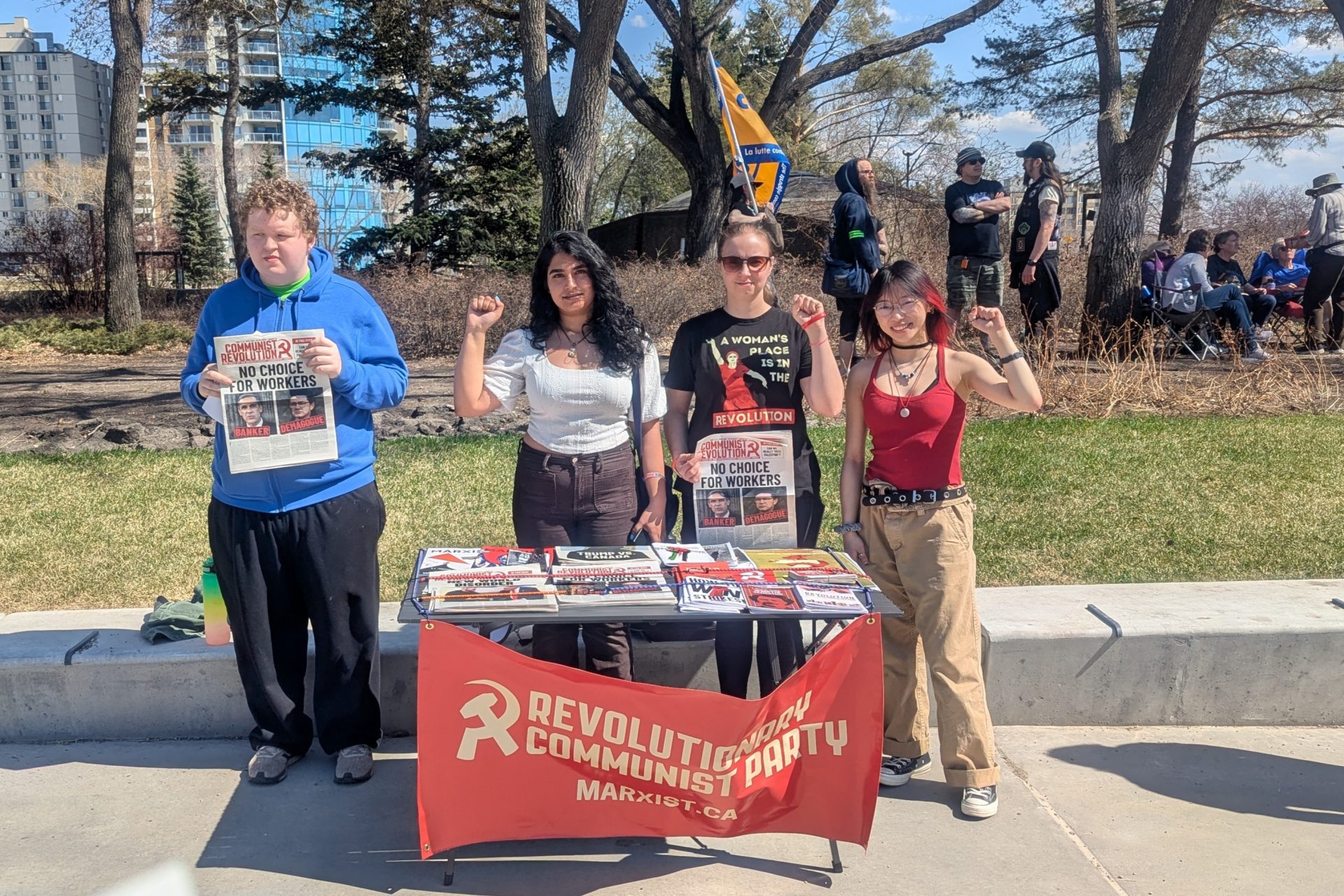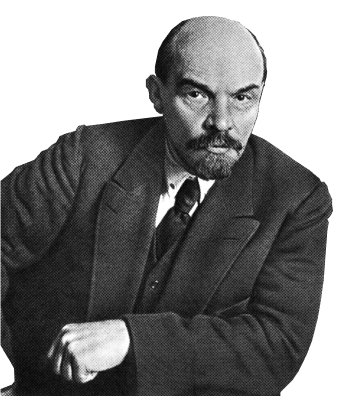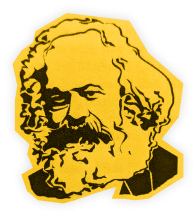
“Why be a cog in the machine when you can be a wolf in a pack?”
With these words, the Alberta Federation of Labour (AFL) opens its video launching the “Alberta Common Front”, which has united several of the biggest unions in the province, representing more than 300,000 workers.
The centrepiece of this initiative is a solidarity pact between the involved unions, including the AFL, AUPE, Unifor, the UNA, and CUPE. The Common Front website describes the pact:
“These unions commit to the principle of collective defence and agree that an attack […] on any partner union is an attack on all partner unions. All partner unions commit to taking decisive action to assist any attacked partner union or group of unions through concerted and coordinated actions.”
This is a big step in the right direction. If energetically carried out, this solidarity pact will mean no union fights alone. Every union can count on help from the others. And since a victory for one is a victory for all, the entire movement will be strengthened. As the Common Front’s pledge for individuals who want to support the struggle says:
“Workers know there is power in numbers. When we fight together, we make the biggest gains.”
The Solidarity Pact also pledges to defend the right to strike “through coordinated action” against attacks, whether from the provincial or federal government. This is also vital. The threat of strike action is the workers’ only way to force the bosses and government to give in to the workers’ demands. That’s why removing the right to strike, whether through back-to-work legislation or the Canadian Industrial Relations Board, is one of the government’s favourite tactics.
A decisive moment
And this Common Front—a “line in the sand” to stop the free-fall of living standards, as AFL President Gil McGowan called it—comes at the right time. Canada is in its deepest crisis in decades. Attacks on the working class are coming, as McGowan pointed out when he said the bosses will “use this moment of crisis as a pretext to put the screws to Canadian workers.” We’re seeing this already, with private-sector layoffs across the country. And attacks from governments will come too. Governments, which have proven again and again that they serve the super-rich, will try to make the workers pay for the crisis.
This is an important moment for the labour movement in another way. Many unions are in negotiations this year. Gil McGowan explains:
“The Solidarity Pact is not only about having a strong defense, it’s also about having the strongest possible offense so we can collectively win victories for the over 200,000 Alberta workers that are still at the bargaining table looking for wage increases that keep up with inflation.”
Combating the crisis, fighting for wage increases that keep up with inflation, solidarity between unions, defending the right to strike—all of this is what we need to defend our conditions in this abject crisis.
These are fine words. And the AFL has already started with a small-scale mobilization around them. In February, they held the “Common Front tour”, a series of public meetings across the province. Their recent convention was also themed around the Common Front. And they held a rally in Edmonton during the convention, on Saturday, April 26. This is a good start.
Mobilize to win
Now it’s time to make these fine words concrete. In late 2020, the AFL launched the “Stand Up to Kenney” campaign to fight then-premier Jason Kenney. They went so far as to ask individuals to pledge to support a general strike against Kenney. Unfortunately, this initiative remained abstract and was allowed to die of inactivity. The Common Front cannot end up this way. The next step is to forge a battle plan for solidarity between all unions not just in words but in action.
The struggle can unfold in many directions, but there are a few key considerations. First and foremost, the Common Front must be ready to carry out their promise to defend picket lines. That begins with no crossing picket lines. This solidarity is a basic tradition of the labour movement.
Yet, just two weeks before the launch of the Common Front in March, one of the Common Front unions—the Alberta Teachers’ Association (ATA)—did the opposite. It instructed its members to cross the picket line of striking educational support workers. This met with outrage from teachers, who were forced to cross their closest colleagues’ picket line. The ATA also encouraged substitute teachers to take jobs where school boards were using them as scabs. Hung out to dry, the striking workers—some of the lowest paid in the province—were forced to take a disappointing contract. This scandal cannot be repeated. Instead, a pledge to respect picket lines must be adopted.
The Common Front also very rightly aims to defend the right to strike. How is this to be done? Here, the example of the 2022 Ontario educational support workers’ strike is essential. It was the first time back-to-work legislation has been defeated in a generation.
The workers defied Premier Doug Ford’s attempt to take away the right to strike, going on an illegal strike. Instead of hanging these educational support workers out to dry, the labour movement formed a common front, which threatened a general strike. Ford had to retreat with his tail between his legs. And the workers didn’t pay a single cent in fines. So when any union’s right to strike is violated, the whole Common Front should follow Ontario’s example.
Amidst the crisis, layoffs have already begun. In March, Alberta lost 30,000 full-time jobs, the highest full-time job-loss rate in the country. Fighting against job losses is exactly what the Common Front should be for. History shows that workplace occupations and strikes are the best weapons to fight to protect jobs – the Common Front should have them in its arsenal.
Picket lines mean do not cross!
Defend the right to strike!
No job losses!
Strike to win!
Enthusiasm at Common Front rally

Four comrades of the RCP attended the Common Front Rally in Edmonton on April 26, hosted by the Alberta Federation of Labour (AFL) and Alberta Union of Provincial Employees (AUPE). Around 3–400 people turned out, from multiple unions. This is small, but the mood was excellent.
It was unlike any other union rally we’d been to; we didn’t need to approach people in the crowd because they immediately came to us. We hadn’t even finished setting up our literature table before workers were coming to us to talk about communism, what we stood for, and what made the RCP different from other communist parties. Within minutes of our arrival, we’d sold $35 of literature. It didn’t slow down from there. In under two hours, we sold 22 papers and a lot of other literature.
I spoke with many workers who are fed up with the way things are going, and who are ready to stand in solidarity and “kick ass for the working class” as one steelworker put it. “I just want to be able to do my job and feed my family,” said a healthcare worker. “The [UCP] government is making that impossible.” “I’m here because enough’s enough. We can’t let them treat us like this. Any of us. I’m here in solidarity with AUPE,” a boilermaker told me.
Interestingly, no one I spoke to mentioned anything about the federal election when I asked what they thought the next steps might be. Instead, they had vague—but passionate—ideas about “fighting back” and “standing together”.
Some workers expressed disappointment with the lack of direction from their leadership, but everyone thought that showing up, “showing their numbers,” and standing in solidarity was extremely important. The overall mood was incredibly enthusiastic, but also very, very serious. No one was there for a nice day out—everyone was there for a reason.
Chris Smalls, the founder and former leader of the Amazon Labor Union, gave a great speech which really resonated with people. He mentioned corporate greed and CEOs, and you could feel a wave of disgust run through the crowd. I held up a back issue of our paper with Luigi Mangione on it. “That’s the one!” a man shouted, and ran over. “How much for the paper? I’m gonna hang that on my bedroom wall!” In the end he bought two papers, as did one of his friends.
– Jilian G., Edmonton

